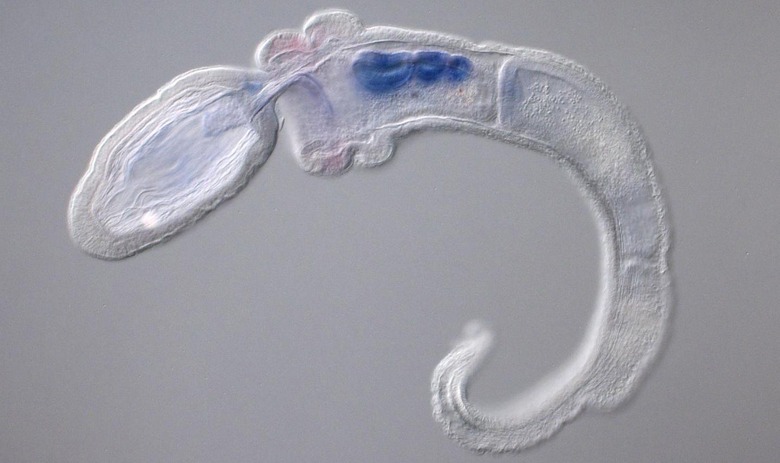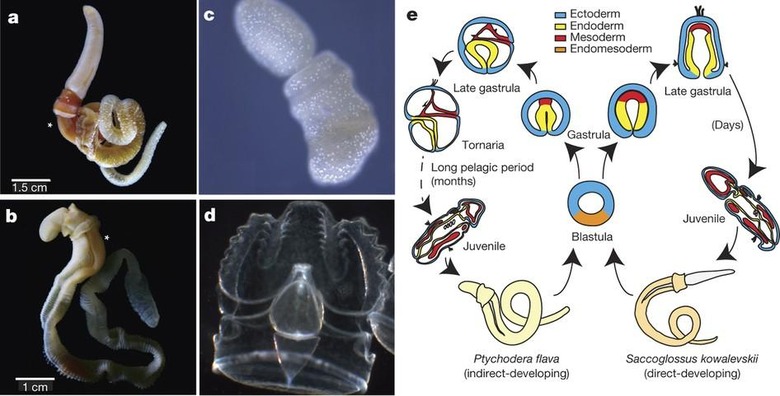You are related to this acorn worm
This week a report has shown that our "closest wormy cousins" live under the sea. Researchers from Okinawa Institute of Science and Technology Graduate University (OIST) and its collaborators have studied acorn worms, sequencing the genomes of two separate species. What was found includes a large amount of genes that relate back to the original deuterostomes, a group of animals that also includes us human beings. This study showed that 8,600 families of genes in total are shared across this animal grouping.
To understand the origins of our ancestors, we must also acknowledge the event known as the Cambrian explosion. There, about 550 million years ago, a massive variety of animals began to appear relatively quickly. The group of researchers reporting their work this week have sequenced the genome of just two worms, while a large cross-section of different sorts of contemporary animals have had their genomes sequenced over the past few years.
"Our analysis of the acorn worm genomes provides a glimpse into our Cambrian ancestors' complexity," said Dr. Simakov, lead author of the worm study, "and supplies support for the ancient link between the pharyngeal development and the filter feeding life style that ultimately contributed to our evolution."
The video above shows a Saccoglossus kowalevskii (acorn worm) adult digging and feeding. This video was captured by researcher Chris Lowe.
The two acorn worm species collected for this study were Ptychodera flava, from Hawaii, and Saccoglossus kowalevskii, collected in the Atlantic Ocean.
"Their genomes are necessary," said Dr. Simakov, "to fill the gap in our understanding of the genes shared by the common ancestor of all deuterostomes."

The genomes of the two acorn worms were compared to 32 diverse animals. Therein the study found that about 8,600 families of genes are homologous across all deuterostomes, all the way back to the first deuterostome.
Homologous: "(of organs) similar in position, structure, and evolutionary origin but not necessarily in function."
According to the study, the 8,600 homologous genes make up "at least 14,000 genes, or approximately 70%, of the current human genome."

One of the most interesting of these features is the pharynx. These acorn worms have a pharynx – as do we – while insects, octopuses, earthworms, and flatworms do not. The relationship is suggested by these researchers as being between the feeding mechanism of the acorn worm and the function of our modern thyroid.
You can learn more about this subject in the paper "Hemichordate genomes and deuterostome origins" as published by Nature under code doi:10.1038/nature16150, as authored by Oleg Simakov et al.
